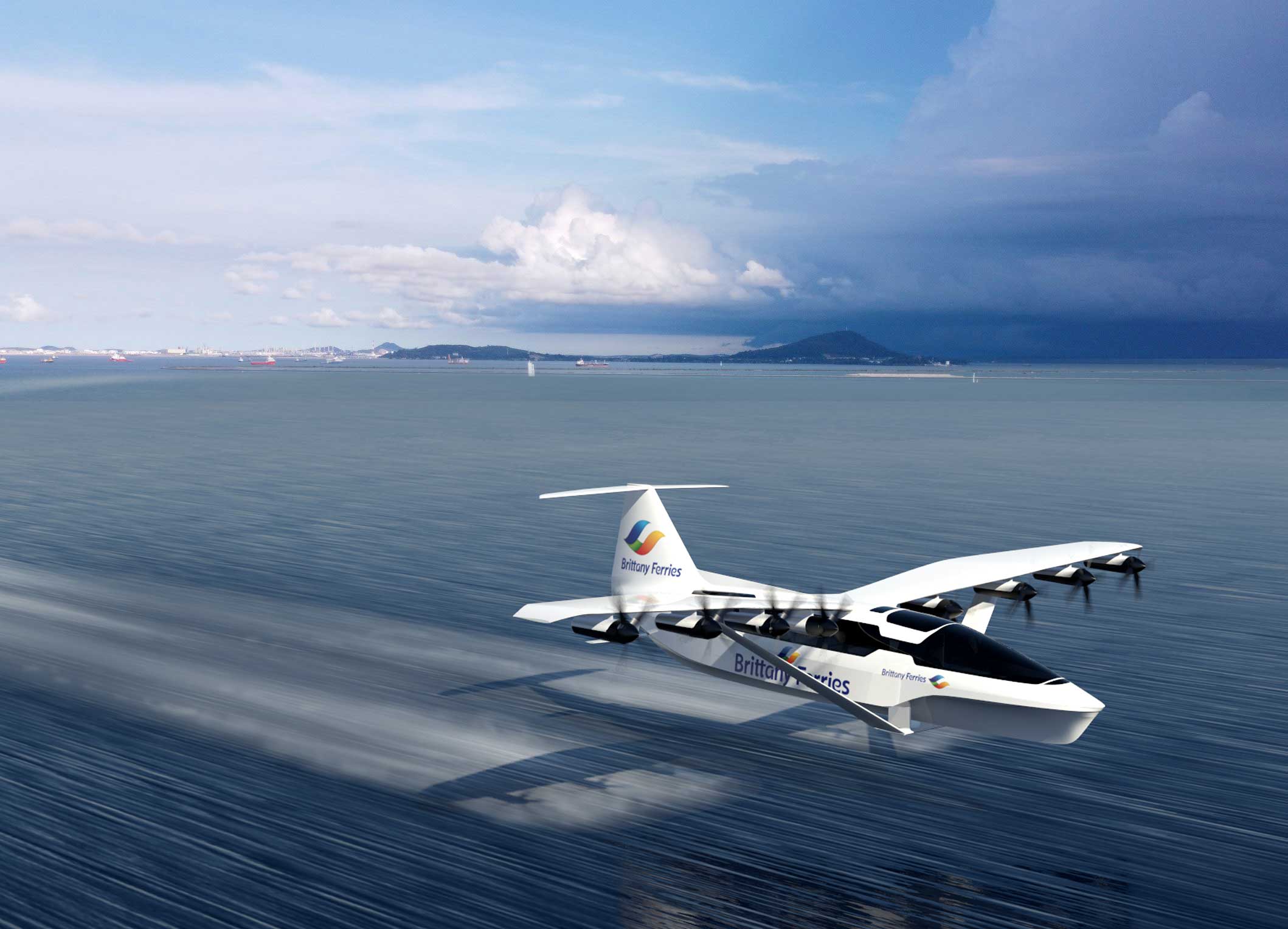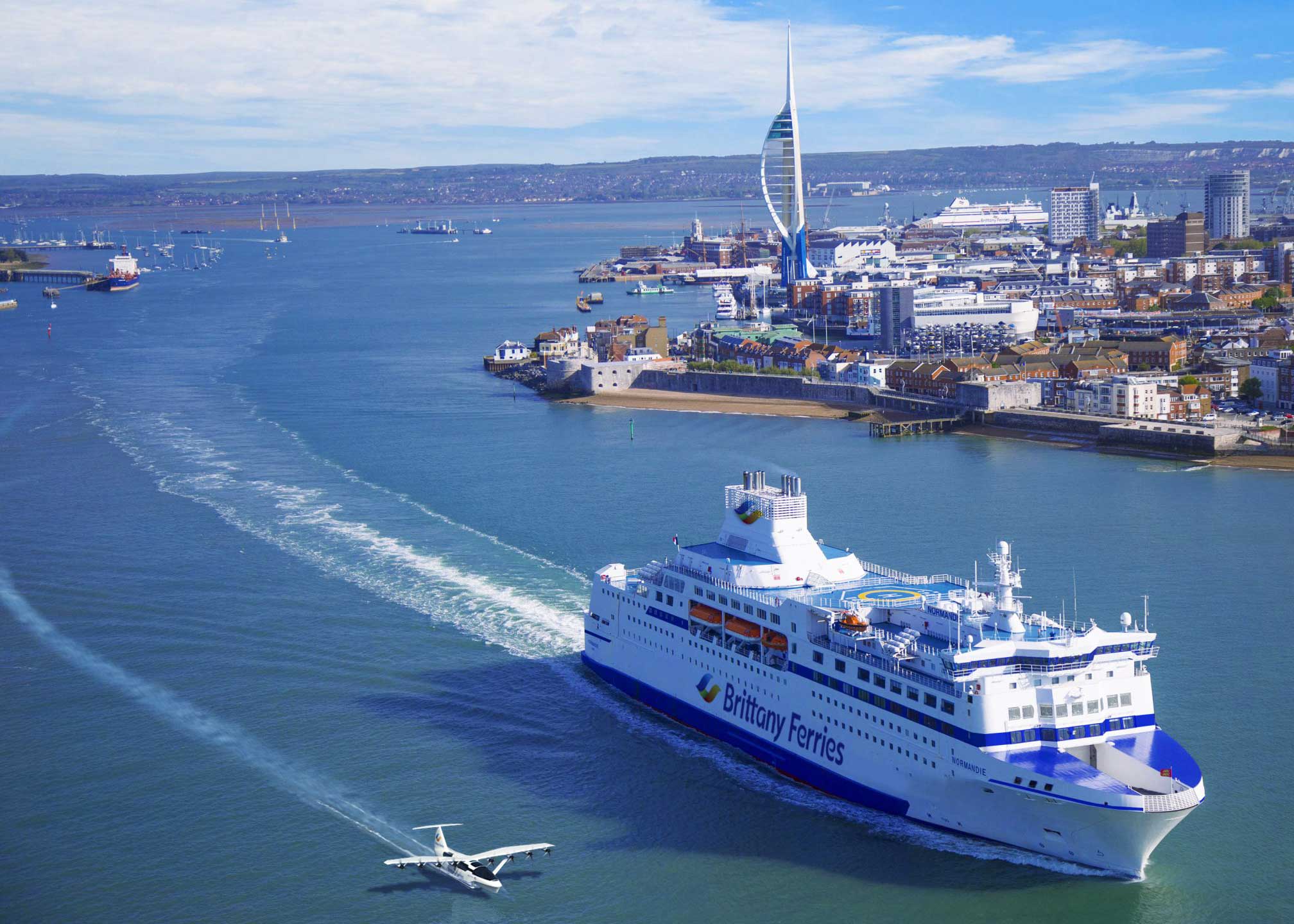 Is it a plane, is it a ship… what is it? It’s not clear yet whether the Regent Craft SeaGlider will be classed as an aeroplane or marine vessel but it’s attracting plenty of attention from the likes of Brittany Ferries.
Is it a plane, is it a ship… what is it? It’s not clear yet whether the Regent Craft SeaGlider will be classed as an aeroplane or marine vessel but it’s attracting plenty of attention from the likes of Brittany Ferries.
The French ferry company is exploring the potential for the new high-speed Seaglider, an all-electric, wing-in-ground effect aircraft. It’s under development with Boston-based start-up REGENT (Regional Electric Ground Effect Nautical Transport).
Brittany Ferries has signed a letter of intent which could see seagliders with a 50-150 passenger capacity sailing between the UK and France by 2028. REGENT expects the first commercial passengers to travel on smaller electric craft by 2025.
The seaglider uses ground effect, well known to pilots. It’s that cushion of air that gets trapped between the wings and the surface when flying at low level meaning very little power (and thus energy) is required to sustain it.

Seagliders have the potential to connect existing ferry ports at speeds of up to 180 mph – six times faster than conventional ferries – with a battery-powered range of 180 miles.
The voyage from Portsmouth to Cherbourg, for example, could be covered in as little as 40 minutes.
“Seaglider is an attractive and exciting concept and we look forward to working with Regent in the months and years to come,” said Frédéric Pouget, ports and operations director for Brittany Ferries.
Regent is working on several different sizes of passenger-carrying seagliders. Flying a few metres above the water’s surface, they combine the high speed of an aeroplane with the low operating cost of a ship.